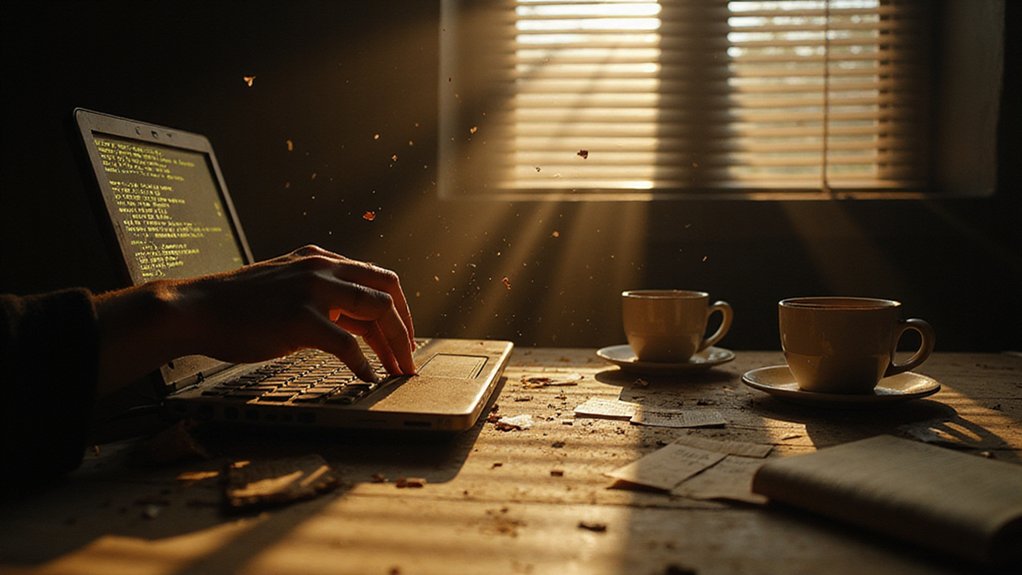How far has Bitcoin traveled from its cypherpunk origins to achieve what could charitably be called mainstream respectability? The answer lies in a sobering statistic: approximately 4% of the global population now owns Bitcoin directly, transforming what was once a fringe monetary experiment into something resembling—though not quite achieving—mass adoption.
This translates to roughly 200 million wallets worldwide, though the term “ownership” requires careful qualification. The average Bitcoin wallet contains a modest 0.36 BTC, while actual owners hold approximately 0.57 BTC—a distinction suggesting many dabble rather than commit. Vietnam leads global adoption at 21.19% penetration, while Asia dominates with over 326 million users, more than all other continents combined.
The concentration patterns reveal Bitcoin’s inherent contradictions. Satoshi Nakamoto’s dormant 968,452 BTC represents the ultimate irony: the anonymous creator holds the largest individual stake in a system designed to eliminate centralized control. Corporate treasuries have embraced this “digital gold” narrative with MicroStrategy accumulating nearly 580,250 BTC, while sovereign holdings approach 529,000 BTC—with the U.S. government’s 207,189 BTC stash representing perhaps the most unexpected validation of cryptocurrency’s legitimacy.
Exchange custody further complicates ownership dynamics, as platforms like Binance control approximately 248,598 BTC through cold wallets, making these centralized entities among the network’s largest stakeholders. The gender distribution skews predictably male at 61%, while daily active users number just 400,000 despite 53 million active traders—suggesting most Bitcoin “ownership” remains speculative rather than utilitarian.
Institutional involvement continues accelerating, exemplified by Bitcoin spot ETFs recording $217 million in net inflows on July 7, 2025. Recent market developments have seen Bitcoin surpassing $106,000, raising concerns among analysts about potential volatility ahead. Regulatory clarity from the SEC’s increasingly pro-digital asset stance has bolstered corporate confidence, creating what economists might recognize as a self-reinforcing adoption cycle. Mid-tier investors holding between 100 and 1000 BTC have demonstrated remarkable persistence, increasing their collective share from 22.9% to 23.07% as market dynamics shift toward greater institutional participation.
Yet for all this apparent progress, Bitcoin ownership remains concentrated among a relatively small elite. Whether this represents democratized finance or merely another vehicle for wealth concentration depends largely on one’s perspective—and portfolio allocation.









